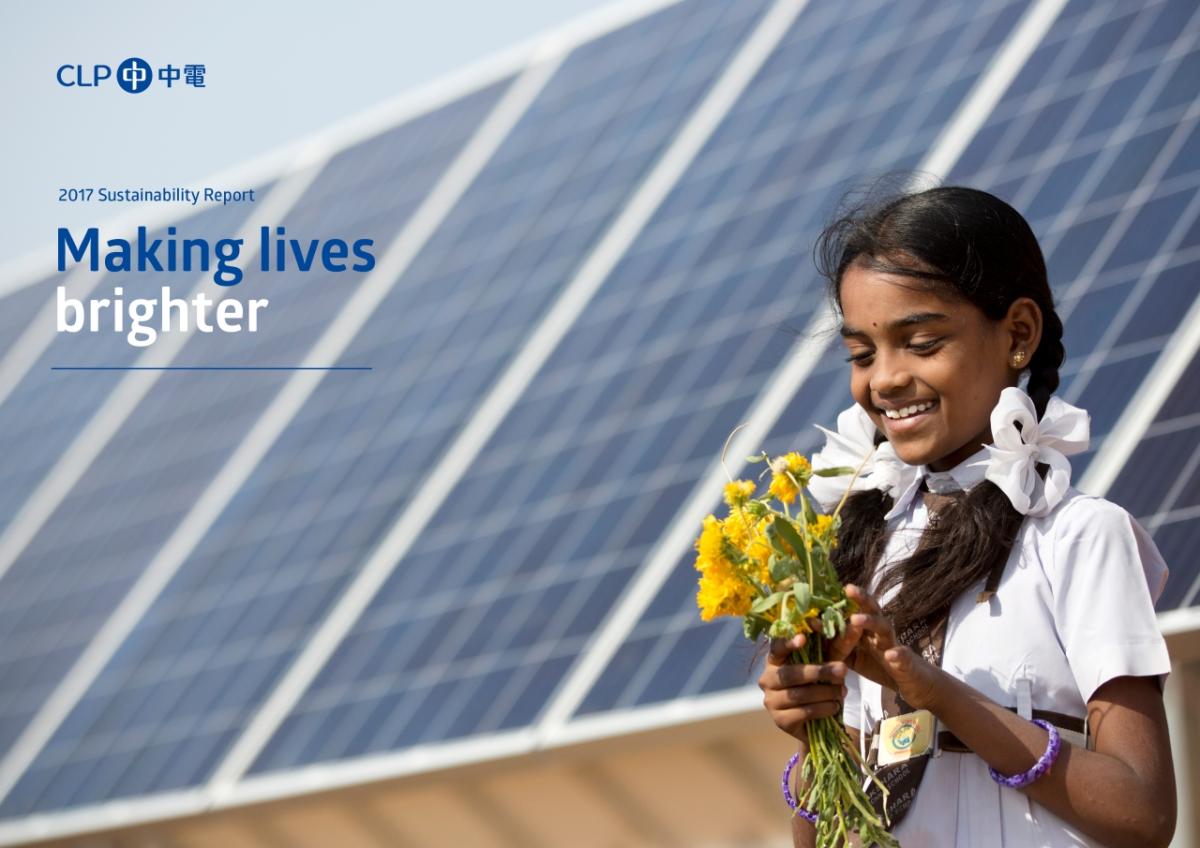CLP Tightens Emissions Cut Targets Towards 2050 to Fight Climate Change

The CLP Group has tightened the carbon intensity reduction target of its Asia-Pacific power business for 2050, the company unveiled in its latest Sustainability Report and Annual Report.
Over a decade ago, CLP voluntarily introduced the Climate Vision 2050, where it committed to lower the carbon intensity of its generating portfolio by approximately 75% of its 2007 position by 2050.
“To further support the efforts galvanised by the Paris Agreement and the rising expectations of our stakeholders, we have decided to strengthen our commitment,” said CLP Holdings Chairman The Hon Sir Michael Kadoorie.
After a review of the energy transition underway in each of the key markets the Group operates, he announced the Board’s decision to have set an even more ambitious target of reducing the carbon intensity by 82% by 2050, while increasing the share of renewable energy capacity to 30% and non-carbon emitting generating capacity to 40% by 2030.
The ambition is supported by new interim carbon intensity reduction targets of 40% by 2030 and 60% by 2040 compared with 2007.
Established in Hong Kong in 1901, CLP has over the years grown its presence to Mainland China, India, Southeast Asia and Taiwan, and Australia. As at 31 December 2017, 22.4% and 14.2% of the Group’s 19,395MW equity generating capacity were from non-carbon emitting sources and renewable energy respectively. The carbon intensity decreased year-on-year to 0.80kg CO2/kWh from 0.82kg CO2/kWh on an equity basis.
CLP also announced its focus on four of the 17 United Nations Sustainable Development Goals that it considers as the most relevant to its business strategy leading up to 2030. The areas that it sees potential to make positive contributions for include climate action (SDG 13), affordable and clean energy (SDG 7), decent work and economic growth (SDG 8), and industry, innovation and infrastructure (SDG 9).
As such, the company outlined a set of targets on carbon intensity reduction, the share of clean energy in the generation portfolio, gender balance in leadership and engineering positions and gender pay equity.
In terms of the reporting format, CLP has reached a new milestone by transforming its Sustainability Report into a website to illustrate ideas more effectively and improve the reader or user experience.
What’s more, to meet the needs of the stakeholders who still prefer to read a PDF report, full website content can be downloaded into one single document and printed from the portal. Data across different sustainability areas are also centralised in the “Data and Downloads” section to facilitate browsing.

